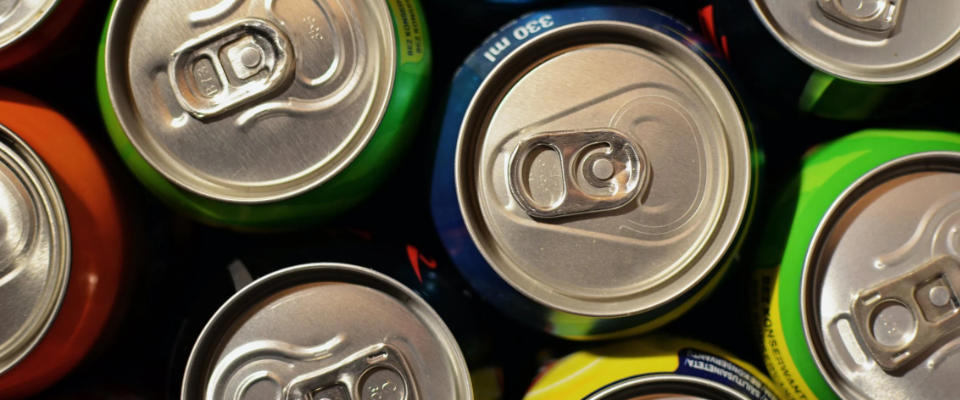How to Ditch Your Soda Addiction

While not considered an addictive substance in the same category as, say, crack cocaine, crystal meth, or alcohol, for obvious reasons, soda does have addictive qualities. Those addictive qualities stem from two ingredients contained within; sugar and caffeine.
Both ingredients release dopamine, the “happy hormone,” within the brain and that’s what gives sugar and caffeine their addictive qualities. As with most addictive substances, over time, more is required to create the same effects within the body. So, yes, soda can become addictive. Let’s get that out of the way now.
Any addiction to any substance is generally defined as the continued use of that substance despite its negative affect on your health. Soda certainly has a negative effect on your health, due, primarily, to its high sugar content.
Eight ounces of soda contains about 100 calories and many soda addicts consume over 48 ounces per day. That’s over 600 calories per day just from soda. Many addicted to soda continue to drink it in excessive amounts without being able to quit or moderate their intake despite knowing it adversely affects their health.
Those adverse health effects include unwanted weight gain, increased risk of type 2 diabetes, nonalcoholic fatty liver disease, osteoporosis, dental problems, heart disease and depression. Given all those potential health problems from a soda addiction, let’s explore some ways to kick that addiction, shall we?
- Find a healthier substitute such as carbonated and/or flavored infused water, coconut water, unsweetened iced tea, coffee (with little to no sugar added), kombucha, green tea, and soda-like drinks such as Sparkling Ice, Zevia, Spindrift, and La Croix. Just be warned that many of these contain artificial sweeteners that can create their own health issues.
- Track the calories you consume each day from soda and do this consistently over time. Hopefully, when you total the calories up, it will shock you to the point of completely ditching your soda addiction. Just remember, it takes about a mile of walking to burn 100 calories.
- Track the money you spend on soda each day and do this consistently over time. Hopefully, when you total the costs up, it will shock you to the point of completely ditching your soda addiction, especially when combined with the calories associated with those costs. Your soda addiction could be also costing you more in increased health care costs as well.
- Choose your method of kicking your addiction; either cold turkey or gradually. The method generally depends upon the individual. If you choose to end your addiction gradually, there are several methods you might use from cutting back your soda consumption a bit each day to watering your soda down to using diet soda as a form of methadone.
- Find an alternate source of caffeine if that’s the primary reason you drink soda. Alternatives include coffee (preferably black with no sugar added as black coffee contains zero calories), unsweetened iced tea or tea.
- Remove the temptation by not keeping soda around your home and combine this with the readily available substitutes listed above. Also, try to avoid soda vending machines, especially at work.
- Ditch your addiction with a friend or family member. Better yet, enlist the help of multiple friends and/or family members as they will create a support system that can be essential to your success even if they, themselves, don’t have the same addiction. Have them serve as your “soda police” to prevent backsliding and to offer praise when you make it through a day/week/month soda free.
- Eat something (healthy) when you crave soda as hunger can trigger those soda cravings. Fruit, yogurt and other healthy snacks can curb those soda hankerings.
It’s not a question of IF your soda addiction is adversely affecting your health, but to what degree it’s adversely affecting your health, for it certainly is. Many people who quit soda also discovered that it caused them to eat healthier as well as they enlisted a dormant source of willpower that they applied to other areas of their lives. This can be done, all that’s required is a plan and a little willpower.
You must be logged in to post a comment.